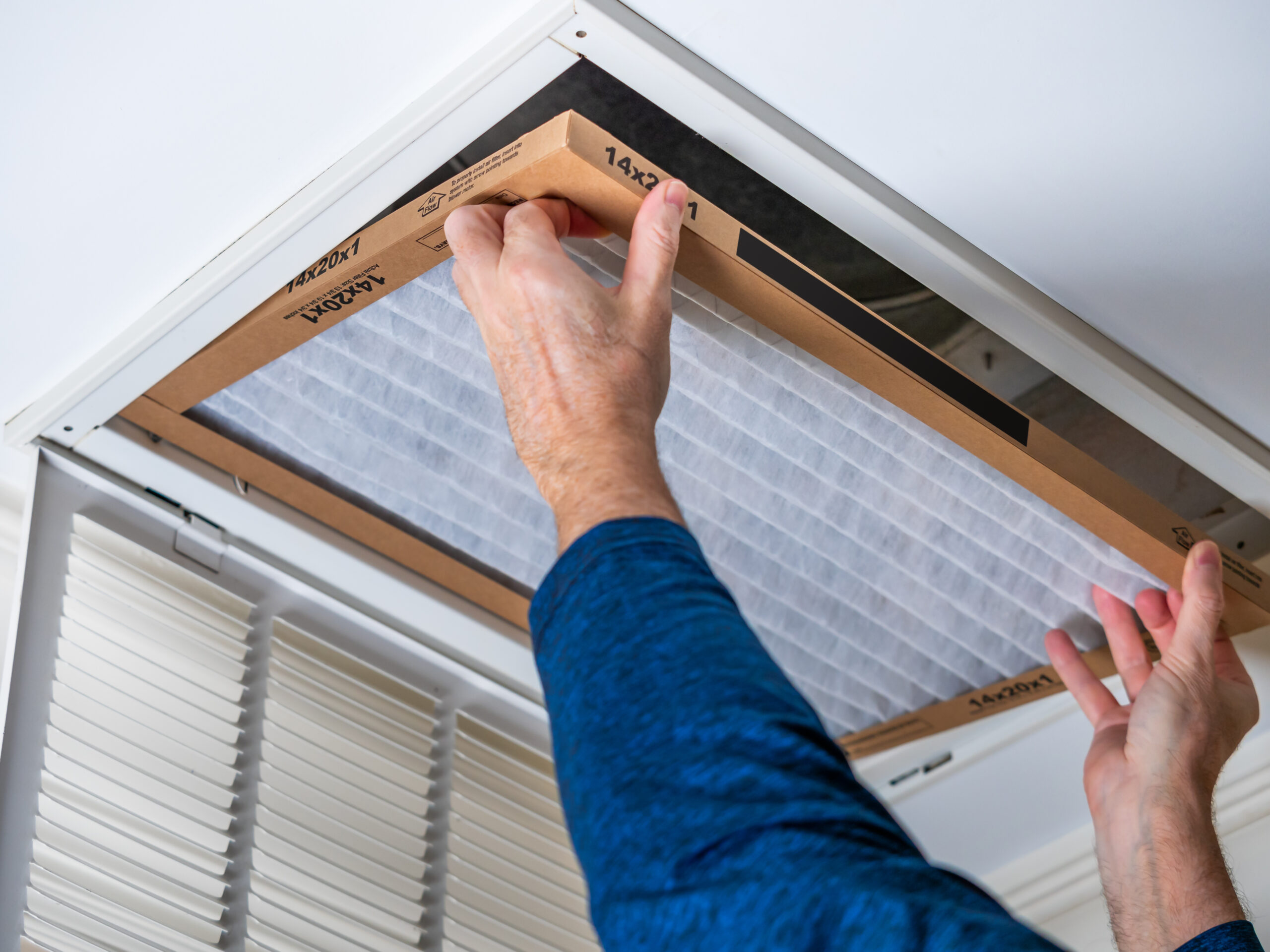
Indoor air pollution is one of the top five risks to public health, according to the Environmental Protection Agency. This includes the millions of allergens and particles of debris living in your home’s air ducts. Your HVAC system collects dust, dead skin, hair, and pet dander. This creates an environment where mold, bacteria, dust mites, and other allergens can flourish. But many homeowners have never been trained on how to clean their air ducts, and it’s something that can be easily overlooked. Knowing when and how to clean your air ducts can help save you money, keep you healthy, and keep your HVAC system running smoothly.
Signs of Dirty Air Ducts
- Dust comes out when you turn on your HVAC system
- Dust or pet hair is trapped in vents
- The air filter is clogged with dust
- An unpleasant odor coming from ducts or vents
- Mold and mildew are present inside or outside of your HVAC system
- Unstable or poor airflow
- Your heating/cooling costs are higher than usual
- Strange or unusual noises when HVAC system is on
What You’ll Need
- A new furnace filter
- Gloves and a dust mask
- A vacuum with a long hose to reach into air ducts
- A brush, similar to a toilet brush or a stiff-bristled paintbrush
- A power drill or screwdriver
- A microfiber cleaning cloth
- Paper towels
Steps for Air Duct Cleaning
- Remove the screws from air duct covers and return-air grill plates using your power drill or screwdriver.
- Cover vents that supply air to each room with paper towels. This will keep the debris from blowing in or out during cleaning.
- Set your thermostat to the ‘fan on’ position. Make sure the heat or cooling is off. Having the fan on will loosen the dust and debris during cleaning.
- Loosen any buildup of dust. Take your brush and tap any clumps that you see. This will help break up clumps of dust or debris that may be stuck in the air duct.
- Clean supply registers. Lift the supply register and use the vacuum hose to catch any dust that is freely flowing out. Sweep as far into the register with the vacuum as possible. Again, use your brush to break up any built-up dust you see. Use a damp microfiber cloth to reach into the duct and wipe down the interior. Rinse the cloth often, as dust and debris will quickly accumulate.
- Clean return registers. Vacuum out and brush as far into your return registers as possible.
- Turn off the fan and furnace. Return to your thermostat and shut the fan off. Turning off your thermostat does not turn off the power to the furnace. You must turn off the furnace using the service switch or breaker panel.
- Clean blower compartment and return air boot. Most of the dust will be in the furnace. Remove the panels on the furnace to access the blower compartment and return air boot. Use your vacuum to clean any dust buildup.
- Replace the furnace filter. A dirty filter limits proper airflow. Clean or change furnace filters once a month to keep air ducts free of dust and debris buildup.
Why are Clean Air Ducts Important?
Having dirty air ducts can cause many problems. No matter how often you clean your home, dirty air ducts allow dusty and contaminated air to circulate in your home that can quickly cover all surfaces. This can cause or irritate health problems like eczema, rashes, hives, headaches, coughing, throat irritation, asthma, and more.
Additionally, clogged air ducts and filters cause your HVAC system to work harder than it should. This means more energy is required to heat or cool your home. The longer your HVAC operates, the more wear and tear it undergoes. Without regular cleaning, the lifespan of your HVAC can decrease.
By keeping your air ducts clean, you can avoid expensive repairs to your HVAC system, reduce your energy bills, increase your home’s air quality, and lower the likelihood of developing or worsening allergies.
To learn more about improving the air quality in your home, contact the experts at UGI EnergyLink.